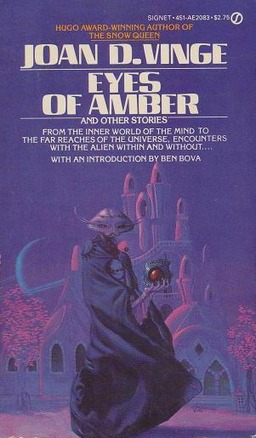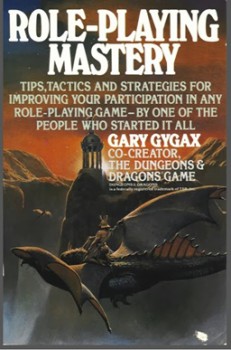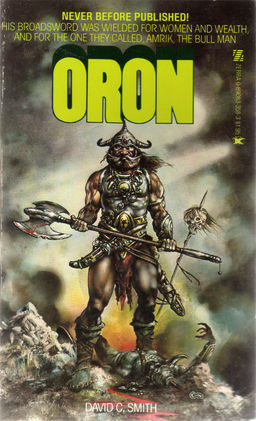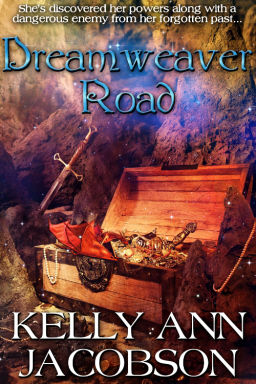… and Miniature Figures
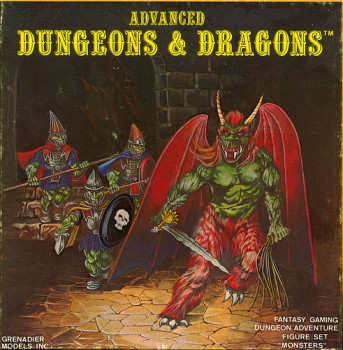 After its initial release in 1974, Dungeons & Dragons enjoyed several periods of mainstream popularity, even faddishness, the largest of which was undoubtedly between 1981 to 1984 or thereabouts, which coincided with the release of not one but two different Basic Sets aimed at younger players. I myself benefited from an earlier surge in interest in the game following the widely publicized disappearance of Michigan State University student James Dallas Egbert III in August 1979. Though the mystery surrounding the young man’s whereabouts was ultimately proven to have nothing to do with D&D, early speculation suggested otherwise, both because Egbert was a player of the game and because it was a game unlike any familiar to most Americans at that time. Playing up the role – no pun intended – supposedly played by this “weird” new game was a great journalistic hook that probably sold a lot of newspapers and magazines.
After its initial release in 1974, Dungeons & Dragons enjoyed several periods of mainstream popularity, even faddishness, the largest of which was undoubtedly between 1981 to 1984 or thereabouts, which coincided with the release of not one but two different Basic Sets aimed at younger players. I myself benefited from an earlier surge in interest in the game following the widely publicized disappearance of Michigan State University student James Dallas Egbert III in August 1979. Though the mystery surrounding the young man’s whereabouts was ultimately proven to have nothing to do with D&D, early speculation suggested otherwise, both because Egbert was a player of the game and because it was a game unlike any familiar to most Americans at that time. Playing up the role – no pun intended – supposedly played by this “weird” new game was a great journalistic hook that probably sold a lot of newspapers and magazines.
My father was one of those who, thanks to those newspapers and magazines, became fascinated by the Egbert disappearance and, by extension, Dungeons & Dragons. I also recall that, a couple of years later, he read two novels inspired by these real world events (Rona Jaffe’s Mazes & Monsters and John Coyne’s Hobgoblin), neither of which engendered any interest in me, unlike the news stories, which I followed almost as avidly as he did. It was this fascination on my father’s part that led to my mother’s purchase of a copy of the 1977 D&D Basic Set for him, a set I eventually inherited due to his disinterest in actually learning to play the game itself.
Thirty-five years on, what I remember most keenly about those sensationalist articles is how often they were accompanied by photos of college or high school kids sitting around a table in the center of which were painted miniature figures. In at least one case, I recall a very detailed photograph of an armored humanoid creature – an orc perhaps? – and seeing that image enchanted me. Like most children, I’d played lots of board games, but none of them had playing pieces that looked anything like that one. What kind of game was this Dungeons & Dragons that it had such terrific pieces?
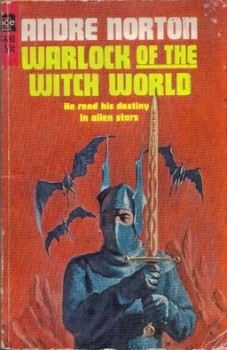
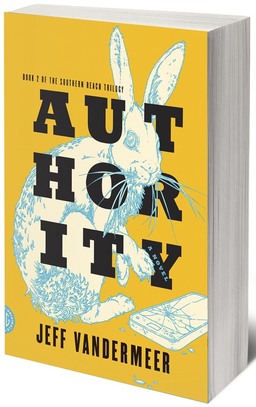

 One of the interesting things about going back to the beginning of any tradition is seeing how things might have gone. Seeing, that is, possibilities unexplored and roads not taken. Sometimes you catch a glimpse of what, in retrospect, is an earlier stage of evolution. Sometimes there’s a sense of a missed chance. And then sometimes you can see why things went the way they did.
One of the interesting things about going back to the beginning of any tradition is seeing how things might have gone. Seeing, that is, possibilities unexplored and roads not taken. Sometimes you catch a glimpse of what, in retrospect, is an earlier stage of evolution. Sometimes there’s a sense of a missed chance. And then sometimes you can see why things went the way they did.
